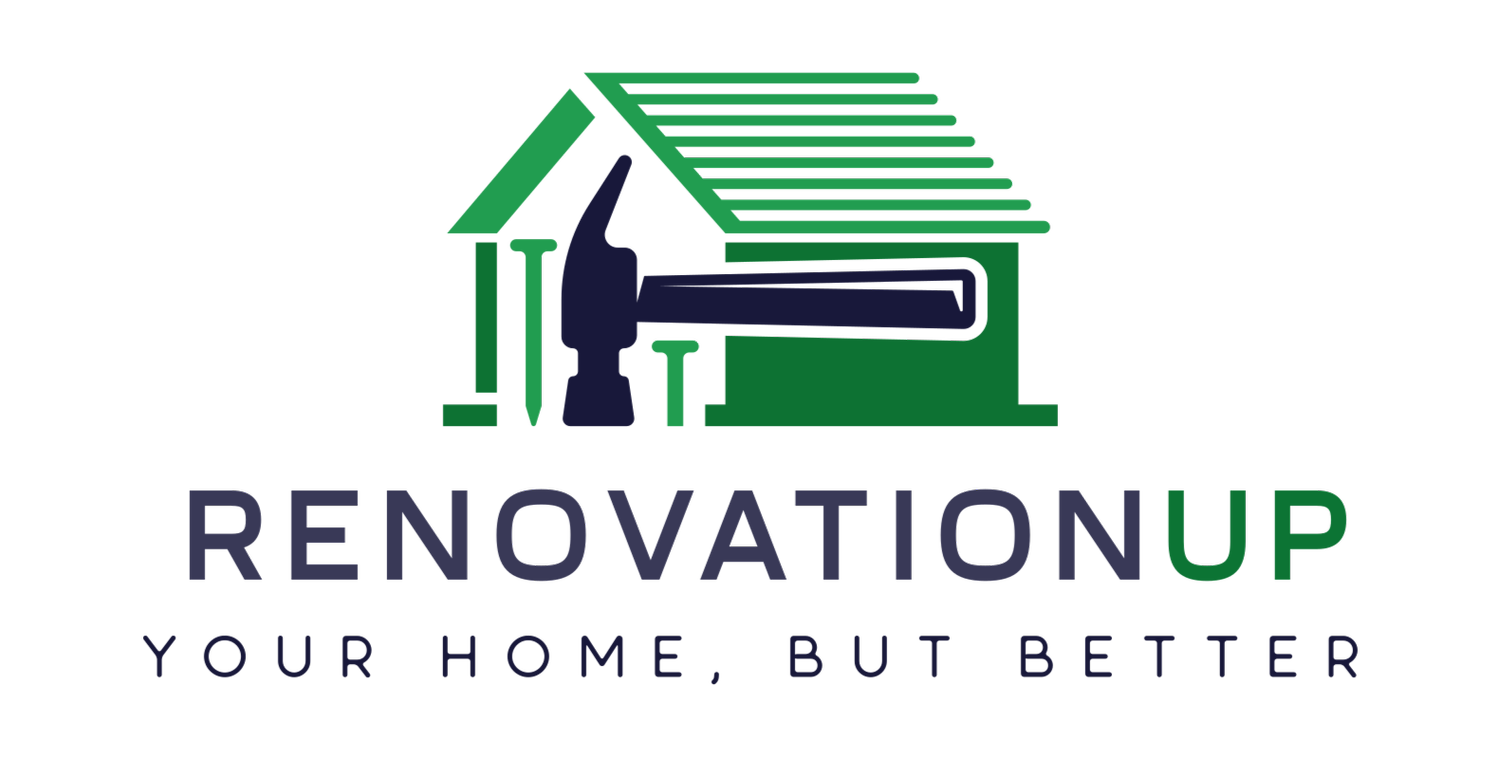Beyond Basic Repairs: Why Settling for “Good as New” Isn’t Good Enough
When disaster strikes your home, the immediate focus is understandably on damage assessment and filing insurance claims. But once the dust settles and you're looking at repair estimates, a critical question emerges: Why are you limiting yourself to simply putting things back the way they were?
The Traditional Insurance Mindset
Most homeowners approach insurance claims with a restoration mindset. Water damage in the kitchen? Replace the cabinets with identical models. Storm damage to the roof? Patch it up with the same materials. Fire damage in the living room? Restore it to its pre-loss condition. This approach makes sense on the surface—after all, insurance is designed to make you "whole" again.
But here's what traditional thinking misses: disasters aren't just destructive events—they're opportunities. When life forces you to rebuild, you have a rare chance to improve, upgrade, and modernize spaces that you might not have touched for years or even decades.
The Hidden Costs of "Same as Before"
When you choose to simply restore rather than upgrade, you're often making a financially shortsighted decision. Consider these hidden costs:
Missed Efficiency Gains: Replacing a 15-year-old HVAC system with an identical model means missing out on modern energy efficiency improvements that could save hundreds of dollars annually in utility costs.
Lost Home Value: Installing the same outdated fixtures, flooring, or appliances that were damaged means forgoing potential increases in home value that come with modern upgrades.
Future Replacement Costs: That "identical" replacement might last another decade, but modern alternatives could last twice as long, saving you from future replacement expenses.
Ongoing Maintenance: Older systems and materials often require more maintenance. By not upgrading, you're committing to higher ongoing costs.
The Psychology of Settling
Why do so many homeowners settle for basic restoration? Often, it's psychological rather than financial. The trauma of dealing with home damage, insurance adjusters, contractors, and displaced living situations can be overwhelming. In this stressed state, the path of least resistance—simply replacing what was lost—feels safest.
There's also the misconception that upgrades will be prohibitively expensive. Many homeowners assume that modernizing will cost significantly more than basic replacement, not realizing that the additional investment often pays for itself through increased home value and improved efficiency.
Real-World Upgrade Opportunities
Let's look at specific scenarios where the upgrade approach makes financial sense:
Kitchen Water Damage: Instead of replacing damaged laminate countertops with more laminate, this is your chance to install quartz or granite that will last longer, look better, and add more value to your home.
Bathroom Flooding: Rather than installing the same basic tile and fixtures, consider this an opportunity to create a spa-like retreat with modern amenities that enhance daily life and boost resale value.
Storm-Damaged Windows: Replacing old single-pane windows with energy-efficient double or triple-pane models can dramatically reduce energy costs while improving comfort and noise reduction.
Fire-Damaged Electrical Systems: Upgrading to smart home technology, additional outlets, and modern electrical panels improves safety, convenience, and home value.
The RenovationUp Difference
This is where RenovationUp changes the game entirely. Instead of being limited by your insurance payout, you gain access to additional coverage that gives you the financial freedom to upgrade rather than just restore.
When you receive your standard insurance payout, RenovationUp provides supplemental funding based on your plan level. This isn't about getting more than you deserve—it's about getting what you need to truly improve your situation rather than just returning to the status quo.
The process is straightforward: you handle your insurance claim as normal, then bring your payout documentation to RenovationUp. Based on your selected plan, you receive additional coverage that can transform basic repairs into comprehensive upgrades.
Long-Term Financial Benefits
The financial mathematics of upgrading versus restoring often heavily favor the upgrade approach:
Immediate Home Value Increase: Modern upgrades typically add more value than they cost
Ongoing Savings: Energy-efficient appliances, windows, and systems reduce monthly expenses
Extended Lifespan: Modern materials and systems last longer, delaying future replacement costs
Reduced Maintenance: Newer systems require less ongoing maintenance and repair
Making the Mindset Shift
The key to maximizing disaster recovery is shifting from a restoration mindset to an improvement mindset. Instead of asking "How can we put things back?" ask "How can we make things better?"
This doesn't mean going overboard with luxury upgrades you can't afford. It means making smart improvements that enhance functionality, efficiency, and value while you're already in rebuilding mode.
The Bottom Line
Disasters are traumatic, disruptive, and costly. But they also represent rare opportunities to improve your living situation in ways you might not otherwise tackle. With traditional insurance, you're limited to restoration. With RenovationUp, you have the financial freedom to transform setbacks into comebacks.
Why settle for putting your home back to where it was when you could use this opportunity to make it better than it ever was? The question isn't whether you can afford to upgrade—it's whether you can afford not to.
